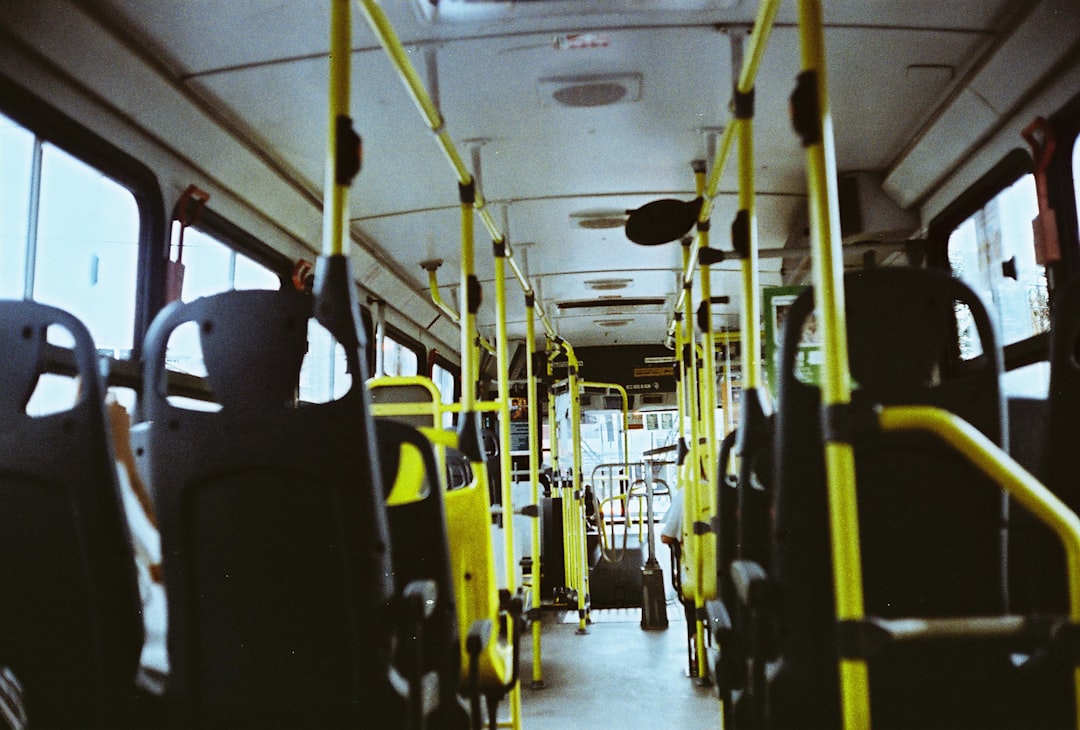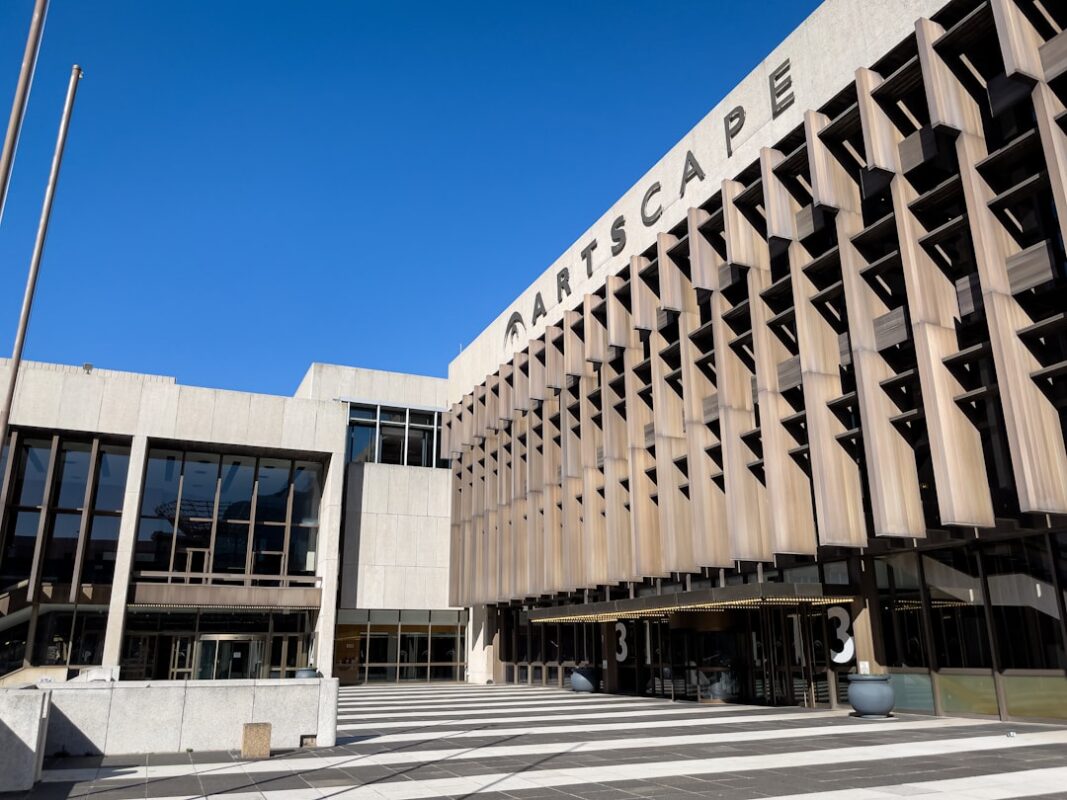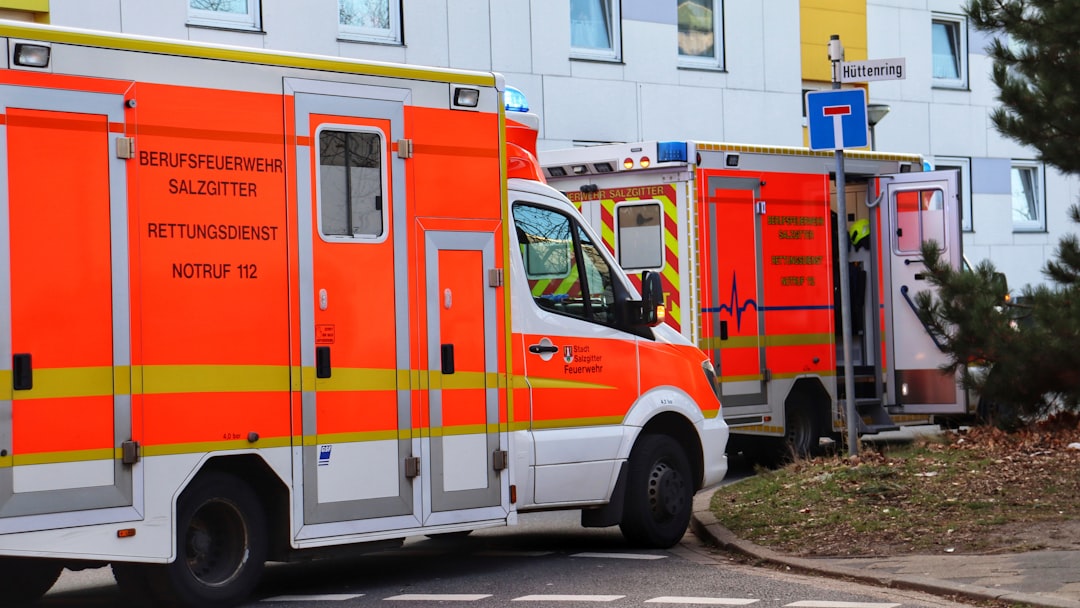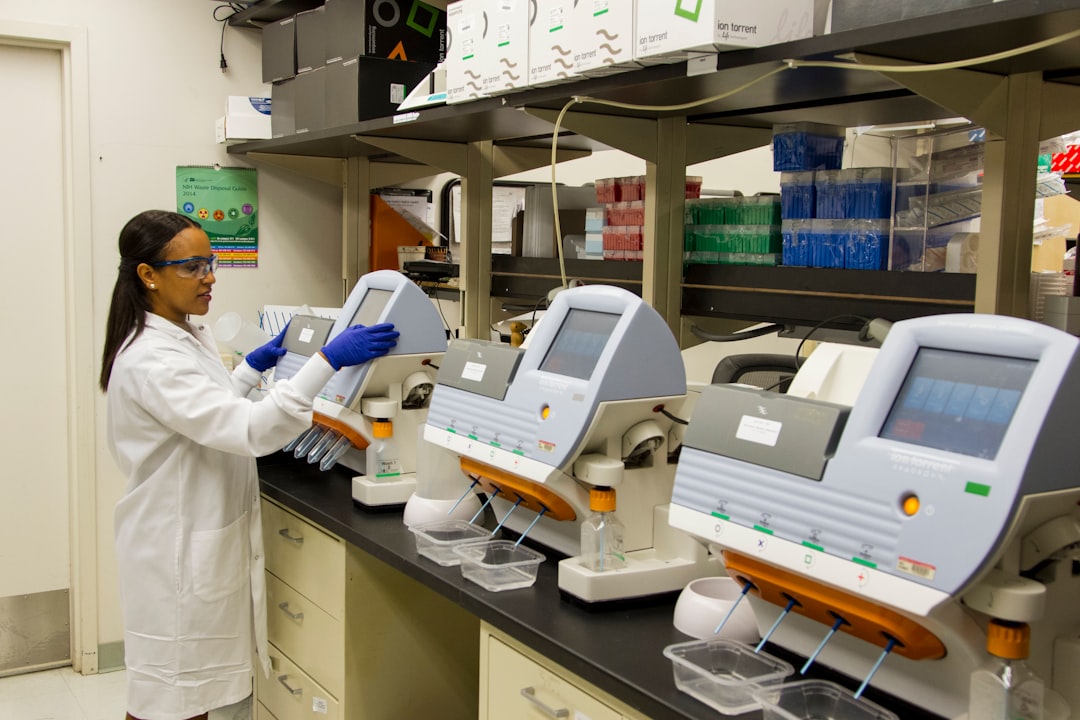School Systems Innovate The Traditional — here’s what’s new, why it matters, and what to watch next.
School Systems Innovate the Traditional Yellow Bus into a High-Tech Vehicle
At a Glance
In an era where technology permeates every aspect of our lives, school transportation is undergoing a significant transformation. The traditional yellow school bus, often glorified in nostalgia, is being reimagined as a high-tech machine equipped with advanced safety features, GPS tracking, and interactive communication systems. This shift is not only enhancing the safety and efficiency of student transportation but also adapting to the modern needs of families and school districts.
Background & Timeline
Yellow school buses have been a staple of American education for decades, with iconic images of children boarding the bright yellow vehicles before heading off to school. However, as technology has evolved, so too have the needs of educational institutions and families.
In recent years, several school districts across the United States have begun to invest in tech upgrades for their fleets. For instance, Kansas City’s public school system, which has seen a rise in both student population and safety concerns, is at the forefront of this movement. Anallive Calle, a school bus driver who recently moved from Miami to Kansas City, shared her experiences driving these new-age buses.
The timeline of this transformation can be traced back to the early 2010s when schools started to explore the integration of technology into their transportation systems. By 2020, many districts had begun to incorporate GPS tracking, allowing parents and school administrators to monitor the location of buses in real-time. As the pandemic shifted educational needs, the push for more advanced safety features intensified, leading to a flurry of upgrades.
What’s New
Today’s high-tech school buses are equipped with a range of innovative features designed to enhance safety and communication. Key upgrades include:
- Real-Time GPS Tracking: This feature allows parents to track their child’s bus in real-time, ensuring they know exactly when to expect them. It reduces the anxiety that parents often feel during pick-up and drop-off times.
- Enhanced Safety Systems: Many new buses come equipped with advanced safety technology, such as automatic braking systems and collision avoidance sensors, which help prevent accidents before they occur.
- Communication Tools: Interactive communication systems enable bus drivers to communicate directly with parents and school officials in case of emergencies or delays. This direct line of communication fosters a sense of security for families.
- Sustainability Features: With growing awareness about climate change, some districts are transitioning to electric buses. These vehicles not only reduce carbon footprints but also provide a quieter and smoother ride for students.
- Cameras and Monitoring Systems: Many buses are now outfitted with cameras that monitor the interior and exterior. These systems help ensure student behavior is appropriate and can provide evidence in case of incidents.
- Improve Safety: With the enhanced safety features, districts hope to reduce accidents and improve overall student safety during transit.
- Increase Accountability: Real-time tracking and monitoring systems create a higher level of accountability for bus drivers, ensuring that they adhere to safety protocols.
- Foster Parental Trust: By allowing parents to track buses and communicate directly with drivers, schools are building trust with families, making them feel more secure about their children’s transportation.
- Adapt to Changing Needs: As educational environments continue to evolve, having a modernized transportation system is essential for meeting contemporary expectations from families and educators alike.
- Expansion of Electric Buses: As technology advances and becomes more affordable, expect a significant shift towards electric buses in more districts, aligning with broader sustainability goals.
- Integration with Smart City Technologies: Future developments may see school buses connected to broader smart city initiatives, allowing for optimized routes and schedules based on real-time traffic data.
- Enhanced Data Analytics: Schools may begin leveraging data collected from these high-tech buses to analyze trends in transportation, student behavior, and safety incidents, leading to further improvements.
- Increased Community Engagement: As technology improves, school districts might implement community forums or apps that allow for better dialogue between parents, students, and school transportation officials.
Why it Matters
The modernization of school buses is about more than just technology; it’s about student safety and community trust. By implementing high-tech solutions, school systems aim to:
What to Watch Next
As school districts across the nation continue to invest in technology for their bus fleets, several trends are likely to emerge in the coming years:
FAQ
Q1: How much does it cost to upgrade a school bus with new technology?
A1: The costs can vary widely depending on the features being added. Basic GPS systems can start at a few hundred dollars, whereas fully integrated systems with cameras and advanced safety features may cost upwards of $10,000 per bus.
Q2: Are all school districts adopting these technologies?
A2: Not all districts have the budget or infrastructure to upgrade their fleets immediately. However, many are exploring partnerships with technology companies or seeking grants to support these initiatives.
Q3: What are the benefits of electric school buses compared to traditional ones?
A3: Electric buses have lower operational costs, reduced emissions, and provide a quieter ride. They also require less maintenance than traditional diesel buses.
Q4: How do parents stay informed about their child’s bus status?
A4: Many districts provide apps or web platforms where parents can track their child’s bus in real-time and receive notifications about delays or changes in schedule.
Q5: What is the impact of high-tech buses on student behavior?
A5: The presence of monitoring systems can often lead to improved behavior among students, as they are aware that their actions are being observed.
Q6: Will these upgrades make school transportation more expensive for families?
A6: While initial investments in technology may be high for districts, many aim to keep transportation costs stable for families by seeking funding through grants and partnerships.
Takeaways
The evolution of the yellow school bus into a high-tech machine reflects broader trends in technology and safety within the educational sphere. As districts like Kansas City lead the way, the hope is that more schools will embrace these innovations, ensuring that student transportation is as safe, efficient, and reliable as possible. This shift not only benefits students but also fosters stronger connections between families and their local school systems, paving the way for a more connected and informed community.
—
Sources & Credits: Reporting synthesized from multiple reputable outlets and official releases.
Read our related coverage for more on School Systems Innovate The Traditional.
For context and confirmations, see reputable wires like Reuters or AP News.
Source: Original Source. Reporting synthesized from multiple reputable outlets and official releases.
For deeper analysis on School Systems Innovate The Traditional, explore more reports and explainers on Insurance Rate Expert.













